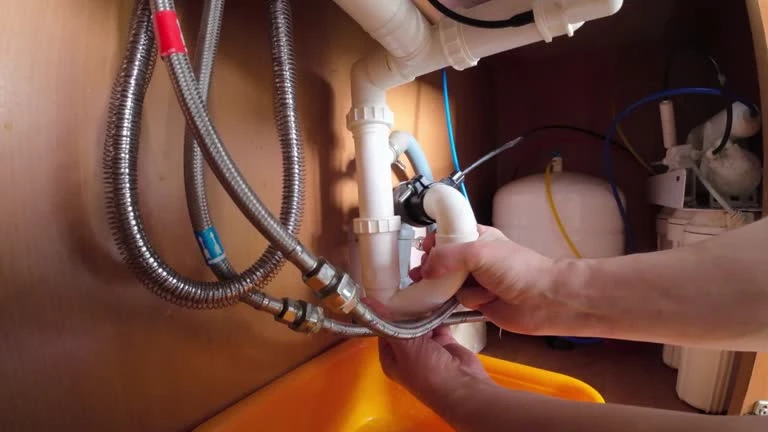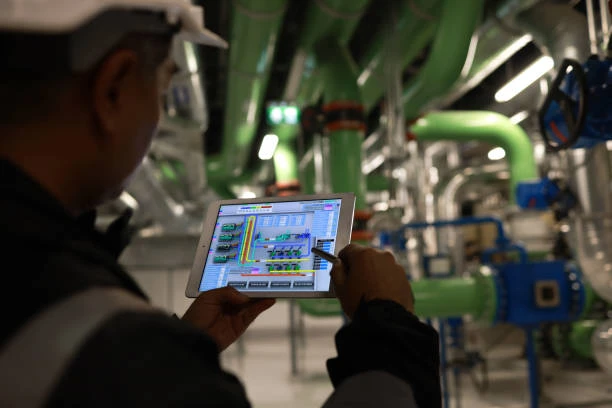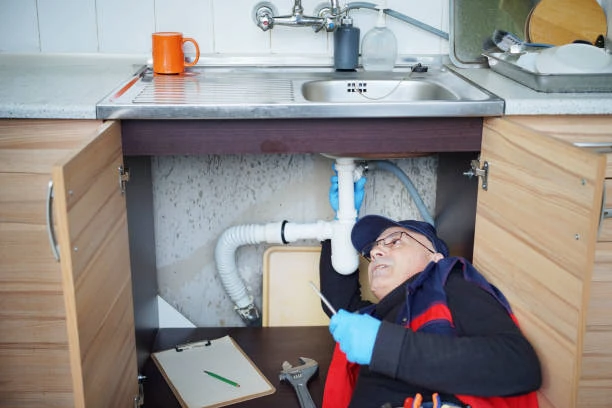Introduction to Urban Water Networks
Urban water networks are crucial for supplying clean and safe water to communities. These systems must handle large volumes of water and remain reliable over time. In recent years, PPR pipes (Polypropylene Random Copolymer) have gained popularity in urban water supply systems due to their remarkable properties. With increasing demands for sustainable solutions, the role of PPR pipes in urban infrastructure continues to grow. PPR pipes have a variety of advantages, including durability, ease of installation, and resistance to corrosion. Understanding PPR pipe characteristics is key to evaluating their effectiveness in urban water networks.
Key PPR Pipe Characteristics
PPR pipes offer excellent resistance to various challenges typically faced by urban water networks. These pipes are known for their resistance to high pressure, making them ideal for systems that require high-strength materials. The key PPR pipe characteristics include low thermal conductivity, high resistance to chemicals, and long-lasting durability. These properties make PPR pipes suitable for diverse urban environments. In addition, PPR pipes are light, easy to handle, and have low installation costs, providing both functional and economic benefits to city planners and engineers.
Advantages of PPR Pipes for Urban Water Supply
PPR pipes have many advantages for urban water systems. They are highly resistant to corrosion, ensuring longevity and minimal maintenance. Unlike traditional metal pipes, PPR pipe characteristics does not corrode or degrade when exposed to water or air. This makes PPR pipes particularly suitable for urban water supply systems where reliability is essential. Furthermore, their flexibility and lightweight nature allow for easier handling and faster installation. By incorporating PPR pipes, urban water systems reduce maintenance costs and improve overall efficiency.
Environmental Benefits of PPR Pipes
As cities increasingly focus on sustainability, PPR pipes offer significant environmental advantages. The material used in PPR pipes is non-toxic and does not release harmful chemicals into the water supply. PPR pipes are also 100% recyclable, which helps to reduce environmental impact. Compared to metal pipes, PPR pipes have a smaller carbon footprint and are more energy-efficient to manufacture. By choosing PPR pipes for urban water networks, municipalities can contribute to a more sustainable urban infrastructure while maintaining a high level of service for residents.
PPR Pipes and Their Resistance to Chemicals
Urban water networks often encounter water with varying chemical compositions, including chlorine, acids, and other additives. PPR pipes stand out due to their exceptional resistance to chemicals commonly found in water treatment processes. This characteristic helps prevent corrosion and degradation, which can affect the quality and safety of drinking water. For example, in areas with high levels of chlorine, PPR pipes maintain their integrity, ensuring the water supply remains uncontaminated and safe for consumption. This chemical resistance is one of the key reasons why PPR is a preferred material for urban water networks.
Installation of PPR Pipes in Urban Water Systems
Installing PPR pipes in urban water systems is relatively simple, thanks to the ease of PPR pipe installation. Unlike traditional metal pipes that require welding or threading, PPR pipes are fused together using a heat welding process. This method ensures that the joints are seamless, reducing the risk of leaks and failures. Additionally, PPR pipe installation requires less labor and fewer specialized tools, which reduces installation costs. The lightweight nature of the pipes also allows for faster transportation and easier handling, making it a popular choice for urban water system projects.
Durability and Maintenance of PPR Pipes
The durability of PPR pipes is another major advantage. These pipes have a long lifespan and are resistant to both internal and external environmental factors. The PPR material’s ability to withstand extreme temperatures, pressure fluctuations, and physical impacts means that it can handle the stresses placed on urban water systems. In addition, PPR pipes require very little maintenance, which makes them a cost-effective option for long-term use. Over time, this durability translates into fewer repairs and lower operational costs for city water networks.
Future of PPR Pipes in Urban Water Networks
The future of PPR pipes in urban water networks looks promising. As cities continue to grow and face increased water demands, the need for efficient, cost-effective, and sustainable water infrastructure will only increase. PPR pipes, with their superior characteristics, will continue to play a central role in meeting these needs. As technology advances, further improvements in PPR pipe materials and manufacturing processes could enhance their performance. Innovations such as better jointing methods and more environmentally friendly production techniques will ensure that PPR pipes remain a top choice for urban water supply systems for years to come.
Conclusion: The Role of PPR Pipes in Urban Water Supply Systems
PPR pipes offer a variety of advantages for urban water networks. Their strength, chemical resistance, and low environmental impact make them a reliable and sustainable option for cities worldwide. As urban areas continue to expand, the demand for safe, efficient, and cost-effective water supply solutions will grow. PPR pipes, with their exceptional characteristics, will be an essential component of this infrastructure, contributing to the longevity and efficiency of urban water systems. By choosing PPR pipes, municipalities can provide a reliable water supply while reducing maintenance costs and
PPR productsinternational standards
The IFAN PPR piping system adheres to international standards, including ISO 15874 series, EN 15874 series, ASTM F2389, DIN 8077/8078, GB/T 18742 series, and NBR 15884.
Connect
IFAN is a Chinese manufacturer of plastic pipes, fittings and valves with 30 years of experience. If you are interest in IFAN copper fittings, copper valves, plastic pipes and fittings, please contact us. IFAN offers you a variety of standard pipes to meet your specific needs. Click below to learn more about IFAN’s wide range of affordable and cost-effective valve products and piping system related products.
We will reply your email or fax within 24 hours.
You can call us at any time if there is any question on our production.
For more information,pls visit our webside https://waterpipefitting.com/
Pls Mailto: [email protected]
Whatsapp: + 86 19857948982














Recent Comments